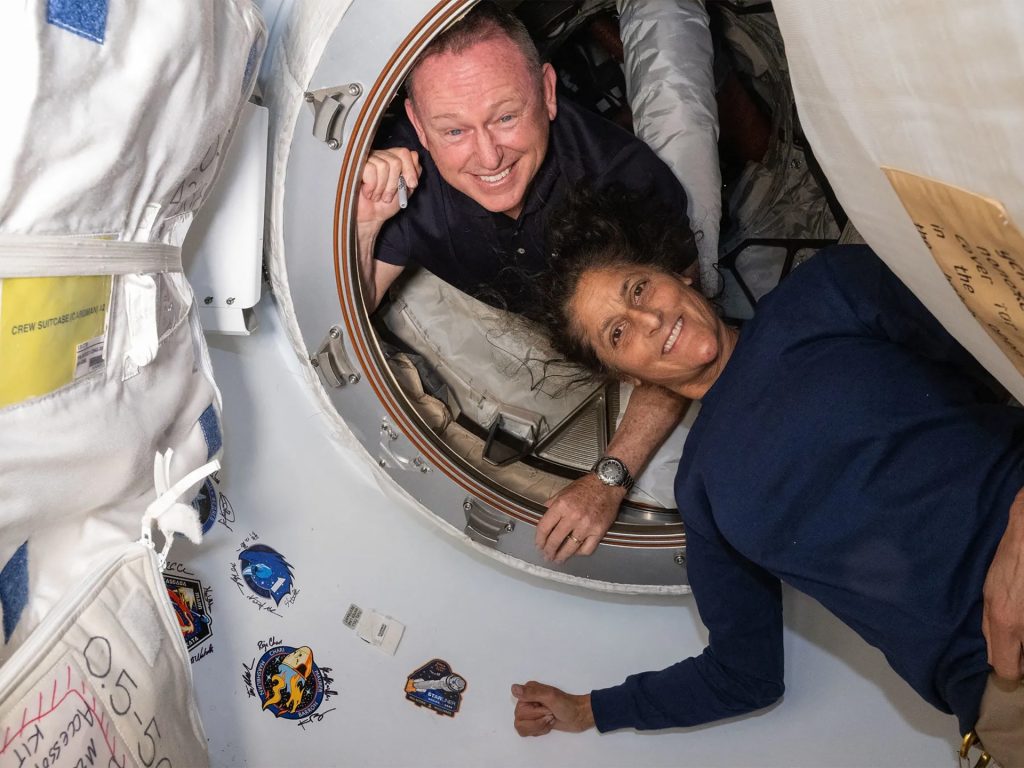NASA Administrator Bill Nelson says bringing astronauts Butch Wilmore and Suni Williams back to Earth on faulty Starliner is too risky.
Two NASA astronauts who flew to the International Space Station (ISS) in June aboard Boeing’s faulty Starliner capsule will return to Earth on a SpaceX vehicle early next year, NASA chief Bill Nelson has said.
He told reporters on Saturday that issues with Starliner’s propulsion system are too risky to carry its first crew home.
Veteran NASA astronauts Butch Wilmore and Suni Williams, both former military test pilots, became the first crew to ride Starliner on June 5 when they were launched to the ISS for what was expected to be an eight-day test mission.
But Starliner’s propulsion system suffered a series of glitches beginning in the first 24 hours of its flight to the ISS, triggering months of cascading delays. Five of its 28 thrusters failed and it sprang several leaks of helium, which is used to pressurise the thrusters.
“NASA has decided that Butch and Suni will return with Crew-9 next February, and that Starliner will return uncrewed,” Nelson said at a news conference in Houston.
He added that he discussed the agency’s decision with Boeing’s new CEO Kelly Ortberg.
“He expressed to me an intention that they will continue to work the problems once Starliner is back safely,” Nelson said of Ortberg.
Since Starliner docked to the ISS in June, Boeing has scrambled to investigate what caused its thruster mishaps and helium leaks.
The company also arranged tests and simulations on Earth to gather data that it has used to try and convince NASA officials that Starliner is safe to fly the crew back home.
But results from that testing raised more difficult engineering questions and ultimately failed to quell NASA officials’ concerns about Starliner’s ability to make its crewed return trip – the most daunting and complex part of the test mission.
Amy Thompson, a Florida-based space and science journalist, said NASA is putting the safety of the crew first by deciding against returning the astronauts on the Boeing Starliner.
“The big concern about that is: During re-entry, what will the leaks do to the spacecraft? What happens if it gets superheated in the atmosphere? Same with the thrusters … These are things NASA can test now without putting the crews at risk,” Thompson told Al Jazeera.
NASA’s decision, and Starliner’s now-uncertain path to certification, will add to the crises Ortberg is facing. The CEO started his tenure this month with the goal of rebuilding the planemaker’s reputation after a door panel dramatically blew off a 737 MAX passenger jet in midair in January.

